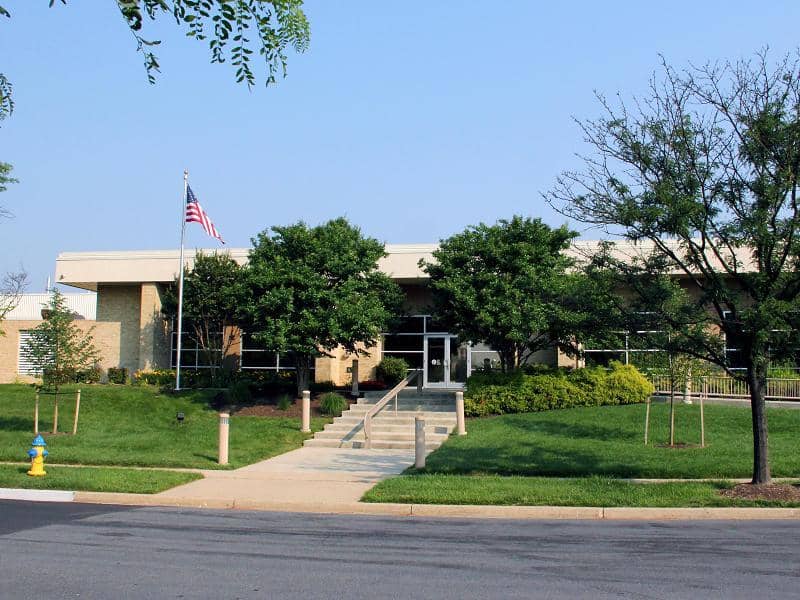This post was contributed to ConsumerSafety.org by former Consumer Product Safety Commission Inspector Doug Pinheiro. It is the second of a three-part series on recalls, the other two parts being on identifying problems that require recalls and spreading word about the recall.
Anatomy of a Recall Part 2: Evaluation

Part 2 of this 3 part article will detail how CPSC evaluates the potentially adverse product information it has received as outlined in part 1.
The information from the various sources are funneled to CPSC's Office of Compliance for evaluation. Products can be separated into two basic categories, regulated and non-regulated. Regulated products must be compliant with a mandatory federal safety standard, while there are no safety standards for unregulated products.
Incidents involving unregulated products have to be evaluated on a case by case basis. Examples are: toys-regulated, cell phones-not regulated; cribs-regulated, power tools-not regulated. Consumers can go to cpsc.gov to find which products are regulated.
Determining compliance with a mandatory standard is cut-and-dry as opposed to evaluating products that have no federal standard. As most consumer products fall under the unregulated umbrella, this article will focus on those products.
For instance, let's say CPSC receives a consumer complaint of an incident in which the blades of a kitchen blender broke off during use. The consumer is concerned that the sharp pieces could have been ingested resulting in injury. As there is no mandatory standard for blenders, CPSC has to conduct a preliminary determination.
First and foremost, CPSC needs to determine whether a product defect exists, and, if so, whether the risk presented by that defect is substantial.
In product safety investigations, the epidemiologic triangle first needs to be established. This is the relationship between the consumer, the environment and the product. This is done because not all products that pose a risk are defective. A kitchen knife has a sharp blade to perform its function, but the sharpness of the blade is not a defect, even though consumers can cut themselves while using it.
Information Gathering
CPSC needs to ascertain as much information as possible regarding the product and the incident scenario. Incidents that come to the attention of CPSC may have resulted in no injury, minor injury, serious injury or death. The case is assigned to a field investigator who will conduct an in-depth on-site investigation.
This will include, as necessary, an interview of the consumer/victim, eyewitnesses, photographic documentation of the product and scene, collection of product manuals and collection of pertinent reports to include police incident report, fire cause and origin report, hospital records, medical examiner's death investigation report, and autopsy report to determine cause.
Samples and Product Testing
The incident product will be sampled, if still available, and exemplar products may be collected from a retailer by the investigator. The sampled products are sent to CPSC's laboratory in Rockville, MD for analysis.
CPSC operates its own state-of-the-art scientific testing facility, The National Product Testing and Evaluation Center, which opened in 2011. All electrical, mechanical, chemical and flammability testing are conducted at the site. During a tour of the lab, I especially found the test chambers used to test mattress and textile flammability and the effectiveness of carbon monoxide alarms very interesting. It also had a unique ATV tilt table that measured ATV road stability.
Upon completion of the field investigation and laboratory analysis, those reports and documents are forwarded to the compliance officer assigned to the case.
Evaulating Information
The first task for the compliance staff is to determine if a product defect exists. If the staff believes a defect exists, based on the investigation and lab reports, a risk assessment is conducted to determine the substantiality of the risk presented to the public. Criteria used include:
- Pattern of defect. The defect may be attributed to the design, composition, content, finish, or packaging, or from inadequate instructions accompanying the product. Also considered are the conditions under which the defect manifests itself.
- Number of defective products distributed in commerce. If a serious injury is likely, a single defective product could be the basis for a substantial product hazard determination. The number of defective products sold by retailers/wholesalers and the number of products still in the possession of consumers is also a relevant consideration.
- Severity of risk. A risk is considered severe if the injury that might occur is serious, and/or if the injury is likely to occur.
- Likelihood of injury. The likelihood is determined by assessing the number of injuries that have occurred, could occur, the foreseeable use or misuse of the product and the population group exposed to the product (children, elderly, disabled, etc.).
If the CPSC determines that a substantial product hazard exists, the next step in the process is to classify the severity of the problem. CPSC uses a hazard priority ranking system utilizing three hazard classes; A, B and C.
- Class A Hazard exists when a risk of death or grievous injury or illness is likely or very likely, or serious injury or illness is very likely. This is the highest risk level.
- Class B Hazard exists when a risk of death or grievous injury or illness is not likely to occur, but is possible, or when serious injury or illness is likely, or moderate injury or illness is very likely.
- Class C Hazard exists when a risk of serious injury or illness is not likely, but is possible, or when moderate injury or illness is not necessarily likely, but is possible.
The common thread for all of these hazard classes is that they all create a substantial product hazard that requires corrective action to reduce the risk of injury. That corrective action will take the form of a product recall.
The mechanics of conducting an effective recall and how the public is notified will be the topic of the final part of this article......stay tuned!

